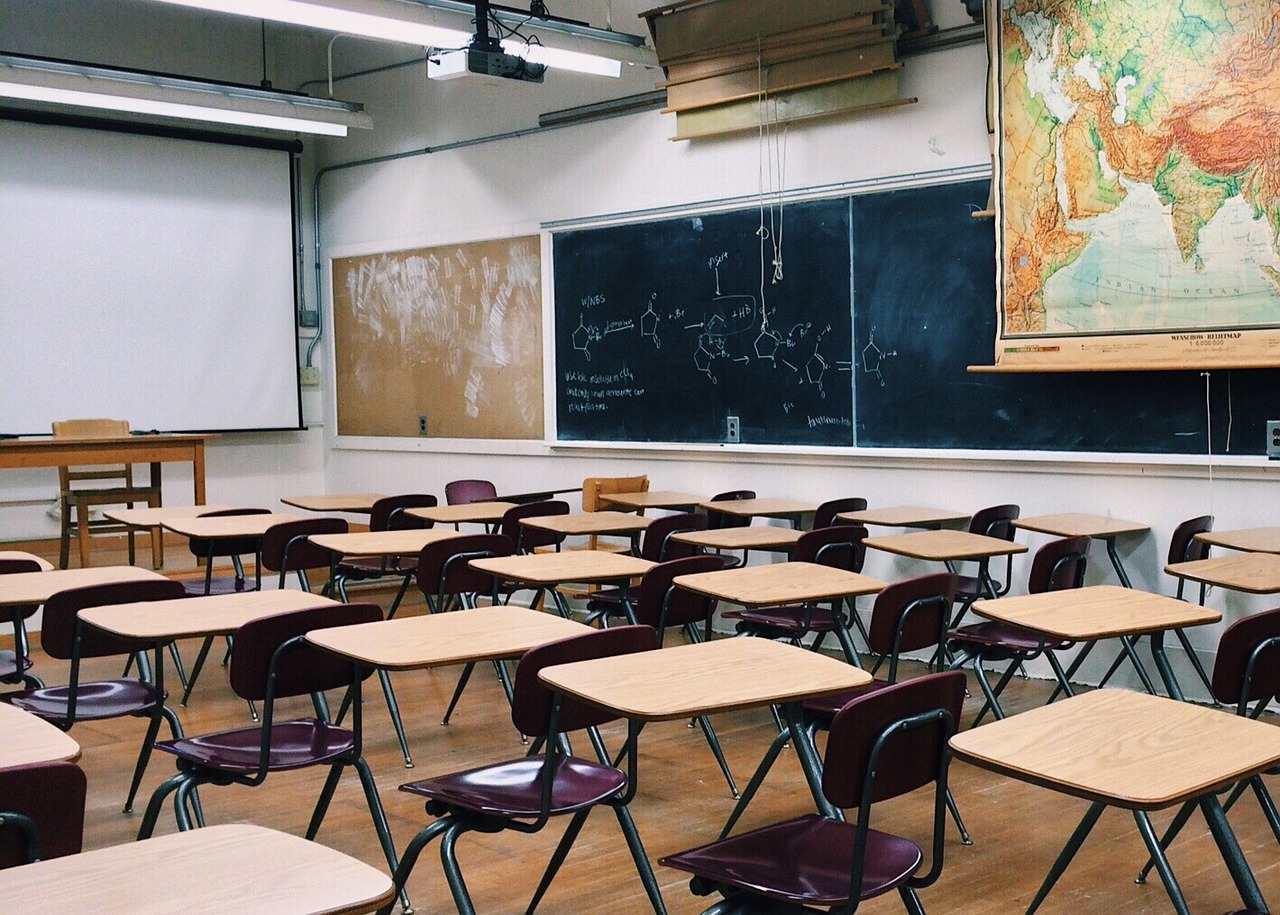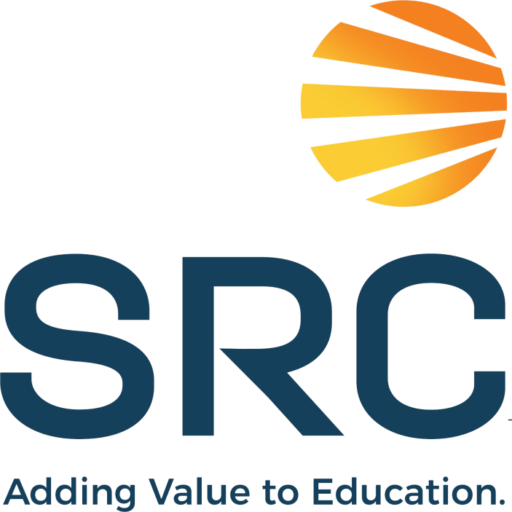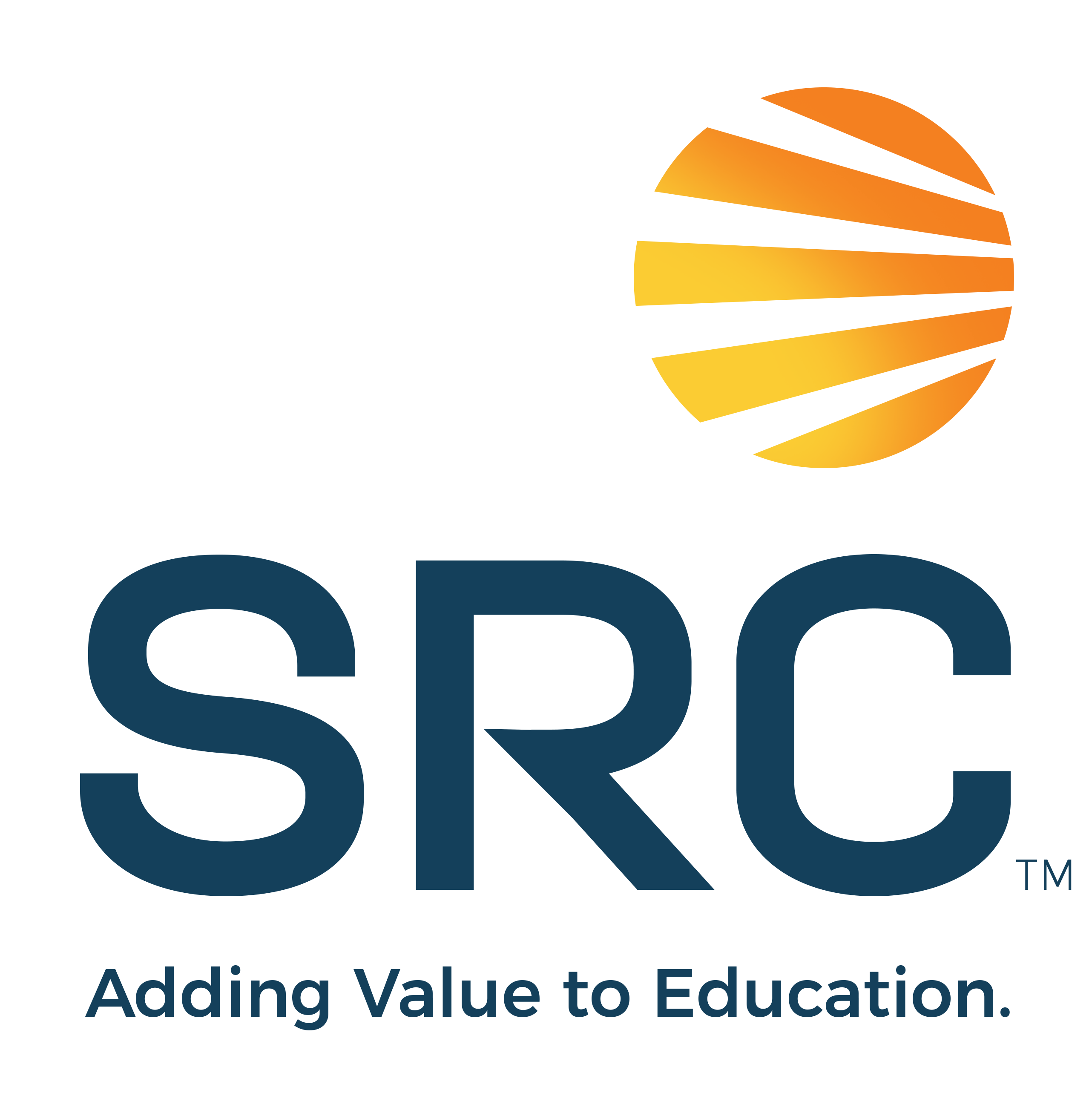
Innovative Teaching Strategies for the 21st Century Classroom
In today’s rapidly evolving educational landscape, teachers are faced with the exciting challenge of adapting their teaching strategies to meet the needs of 21st-century learners. With advancements in technology, shifting student demographics, and an increased focus on skills for the future, innovative teaching approaches are essential to engage students, foster creativity, and prepare them for success in an ever-changing world. Let’s explore some innovative teaching strategies that can transform the traditional classroom into a dynamic and student-centered learning environment.
- Embracing Technology Integration
One of the key aspects of innovative teaching in the 21st century is the integration of technology into the classroom. Technology offers endless opportunities to enhance learning, facilitate collaboration, and provide personalized instruction. From interactive whiteboards and educational apps to virtual reality and online platforms, teachers can leverage a variety of tools to create engaging and interactive lessons that cater to diverse learning styles and abilities.
- Flipped Classroom Model
The flipped classroom model is a revolutionary approach that shifts the traditional lecture-based instruction to a more student-centered and interactive format. In a flipped classroom, students engage with course materials, such as videos, readings, and quizzes, at home, allowing for more valuable class time dedicated to discussions, problem-solving, and hands-on activities. This approach promotes active learning, critical thinking, and collaboration among students, fostering a deeper understanding of course content.
- Project-Based Learning
Project-based learning (PBL) is another innovative teaching strategy that emphasizes real-world application, inquiry, and collaboration. By engaging students in authentic, hands-on projects that require critical thinking, problem-solving, and creativity, teachers can cultivate essential 21st-century skills, such as communication, collaboration, and resilience. PBL encourages students to take ownership of their learning, work in teams, and apply their knowledge to solve meaningful problems, making learning more relevant and engaging.
- Personalized Learning Paths
Every student has unique learning preferences, strengths, and challenges. Personalized learning recognizes this diversity and tailors instruction to meet individual student needs. By incorporating personalized learning paths through adaptive technologies, differentiated instruction, and flexible pacing, teachers can provide targeted support, challenge advanced learners, and empower students to take ownership of their learning journey. Personalized learning enhances student engagement, motivation, and academic achievement, creating a more inclusive and student-centered classroom environment.
Conclusion
Innovative teaching strategies are essential for preparing students for success in the 21st century. By embracing technology integration, implementing the flipped classroom model, adopting project-based learning, and personalizing learning paths, teachers can create dynamic, engaging, and student-centered learning environments that cultivate essential skills for the future. As educators, let’s continue to explore new approaches, adapt to changing trends, and inspire a lifelong love of learning in our students. Together, we can empower the next generation to thrive in a rapidly evolving world.

